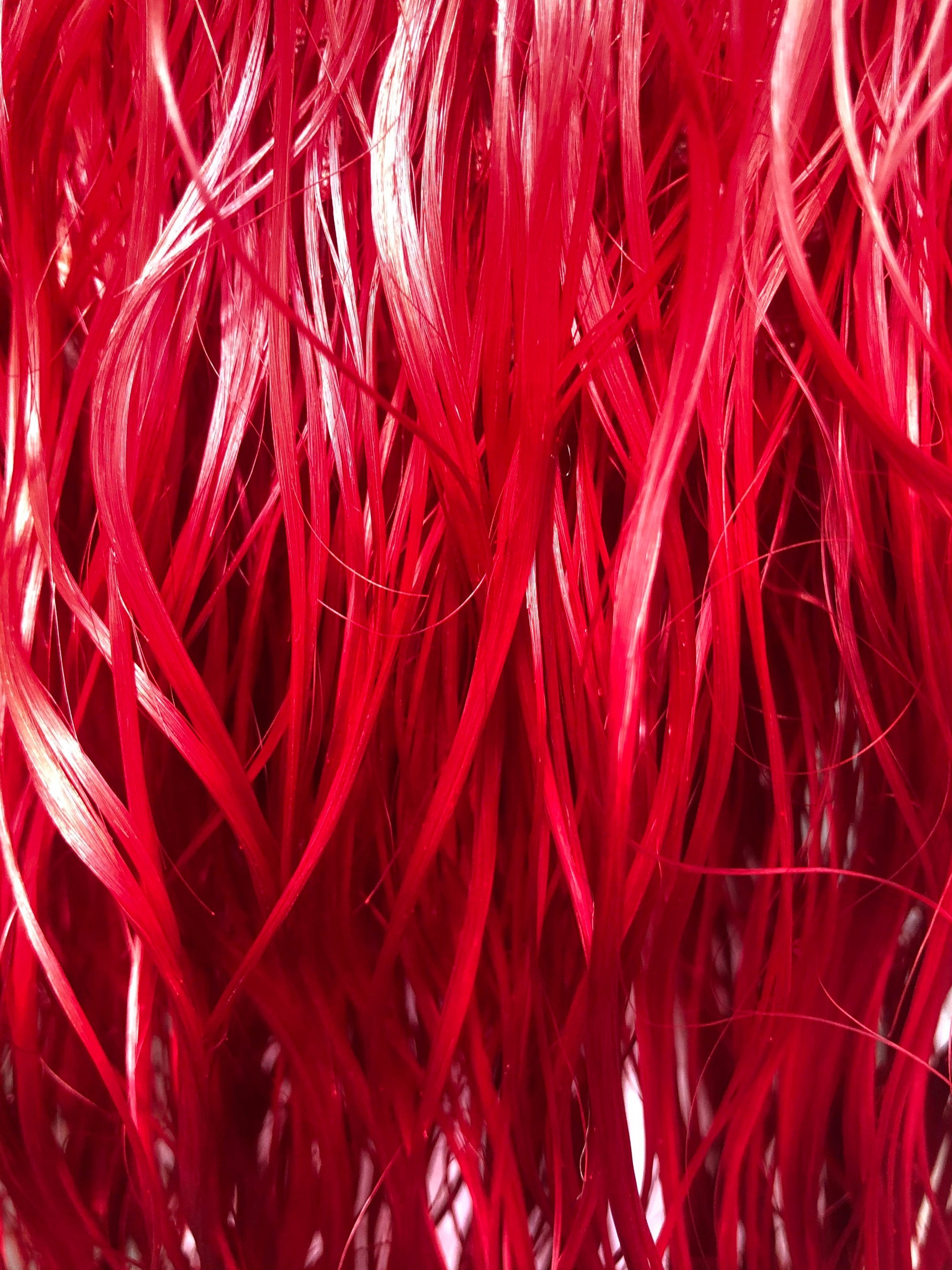
One of the biggest K-Beauty trends to take over TikTok, slugging involves applying a thick layer of an occlusive agent, such as petroleum jelly or oil, to create a protective barrier that seals in moisture. This water-locking final step of your routine often leaves your skin looking slick and well-hydrated, much like a slug — hence the name, slugging.
But…have you ever tried slugging your hair? Just like your skin, your hair may suffer from dryness during the wintertime. Colder temperatures means less moisture in the air and less moisture for your hair, often resulting in brittle hair strands that are more prone to breakage.
As a solution, hair slugging typically involves a leave-in or overnight treatment that shields your locks from harsh winter elements, leaving you with luscious, well-hydrated strands. When it comes to Good Dye Young, hair slugging also involves touching up your color so the final result is vibrant, shiny, and healthy, too.
BENEFITS OF SLUGGING FOR HAIR
✔ Intense Moisture Lock
Dry winter air pulls moisture from your skin and hair. Slugging forms a protective seal, trapping moisture within the hair shaft and preventing it from evaporating. This helps combat dryness, frizz, and dullness, leaving your hair feeling soft and supple.
✔ Shield Against Harsh Elements
Winter often brings windy and cold conditions that can strip your hair of its natural oils, leading to brittleness and breakage. Slugging acts as a shield, safeguarding your strands from these external aggressors and maintaining hair health.
✔ Enhanced Shine and Smoothness
By locking in moisture, slugging contributes to improved hair texture. Your strands will appear shinier, smoother, and more manageable, making it easier to style your hair during the colder months.
HOW TO SLUG YOUR HAIR
- Wash your hair with hydrating, hair-healthy formulas like Wash and Rinse
- While hair is still wet, apply a generous amount of DYEposit in the shade that will best match and enhance your current hair color.
- Leave in the product for at least 10 minutes before rinsing until the water runs clear.
- Repeat at least once a week!


















